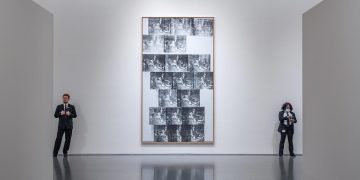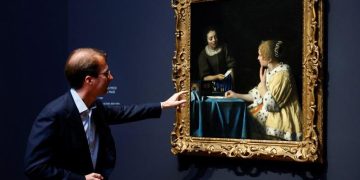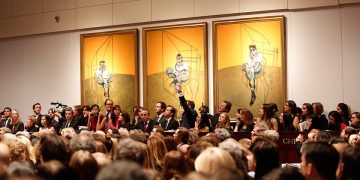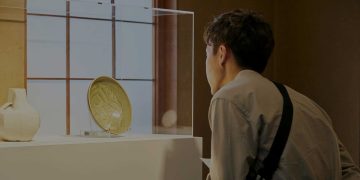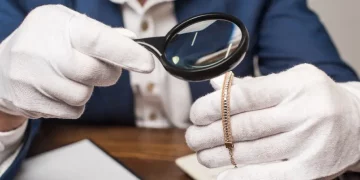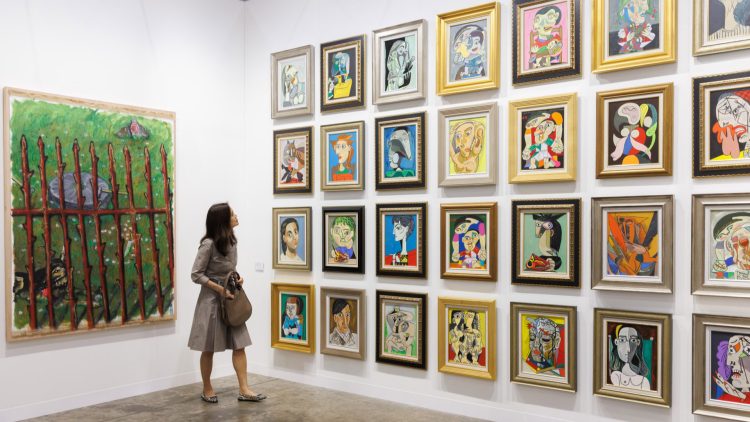In a season crowded with blue-chip fairs, blockbuster retrospectives, and summer auctions, one exhibition has emerged — almost quietly — as the most consequential destination for serious collectors and curators in Europe this month.
“Ephemera & Eternity: Lost Masterworks from European Private Collections,” currently showing at the Bellgrave Institute for the Arts in Antwerp, features over 70 never-before-publicly-exhibited objects, many with uncertain attribution, unpublished provenance, and — crucially — active scholarly interest.
Drawn from private collections across Austria, France, Germany, and Northern Italy, this exhibition doesn’t rely on star power or institutional branding. Instead, it presents works that are raw, fresh to market, and rich in rediscovery potential. Several items are rumored to be available for discreet acquisition, and at least two major European museums have already initiated confidential negotiations.
This isn’t just a “show” — it’s a moment. A live reappraisal of works that have, until now, sat in drawers, safes, and study collections far from the public eye. Here’s what you absolutely shouldn’t miss:
1. The Florentine Tondo That May Not Stay Anonymous for Long
One of the smallest works in the show is drawing some of the biggest speculation: a circa 1480 tondo of the Madonna and Child, catalogued simply as “Florentine School.” But the execution — the hands, the drapery folds, the compositional rhythm — strongly echoes works attributed to Botticelli’s immediate circle, and possibly the master himself.
Preliminary technical analysis conducted by the Bellgrave Institute has revealed underdrawings beneath the surface layer, consistent with other studio works by Botticelli. Pigment analysis shows a rare ultramarine reserve, a material used only for commissions of importance.
A curator from a major London museum called the work “impossible to ignore.” If further authentication confirms what many suspect, this could be one of the most significant private rediscoveries in early Renaissance painting in a decade — and it’s still in private hands.
2. Illuminated Manuscripts from the Hidden Cabinet of Vienna
Ten manuscript leaves from the Habsburg-era Schlumberger Collection — long thought lost — are on display, including a bifolio believed to originate from a coronation choirbook once used at Hautecombe Abbey. This fragment includes a full gold-leaf marginal and Latin text directly referencing Amadeus VIII, Duke of Savoy.
Until now, this material was sealed in a bank vault in Vienna, passed down via inheritance without publication or institutional review. The paleography, heraldry, and musical notation have already attracted researchers from Paris, Basel, and Munich, with preliminary attribution linking it to the famed illuminator Jean Bapteur.
Two of the folios are rumored to be available via private treaty — if they aren’t acquired outright by a public institution before the exhibition closes.
3. A Swiss Triple-Axis Tourbillon from the Pre-Quartz Collapse
The horological world is quietly abuzz over the inclusion of a triple-axis tourbillon prototype, produced circa 1968 by Swiss independent watchmaker Paul Kessler. Housed in an industrial-grade steel case with sapphire crystal back, the movement is shockingly advanced for its era, incorporating engineering principles not commonly seen until decades later.
This piece never went into production; it is believed to be a one-off built for a Geneva exhibition that was canceled when Kessler’s workshop shuttered in the early 1970s.
Watch experts from Zurich and Tokyo have already visited the show, and serious collectors are reportedly making inquiries. If sold privately, it could set a benchmark for undervalued, non-commercial mechanical innovation.
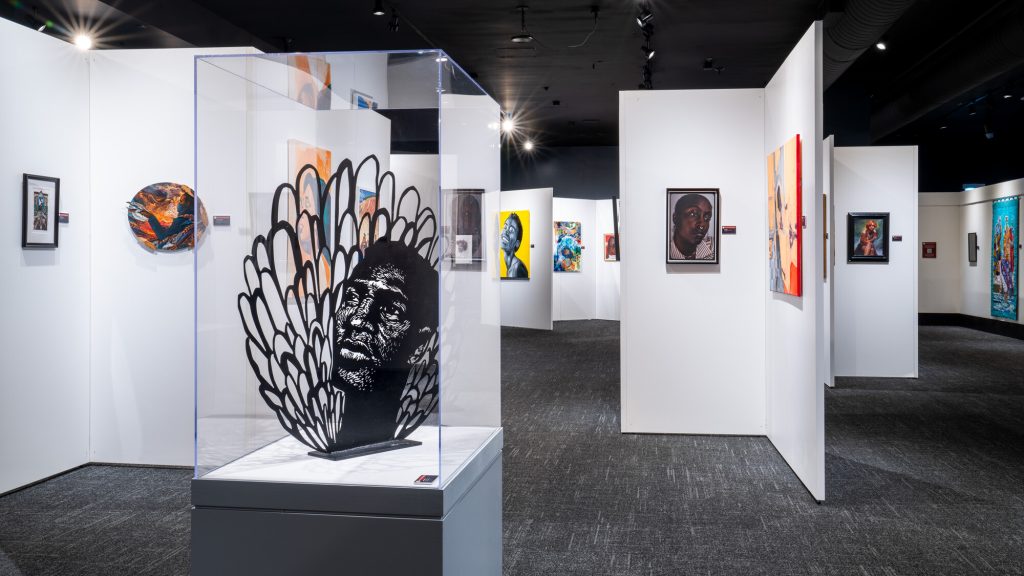
4. Ai Weiwei’s Unseen New York Period: 1983–1989
Before his rise as a global dissident artist, Ai Weiwei lived in near anonymity in New York City. This exhibition presents a group of works from that period — including sketchbooks, small assemblages made from salvaged street objects, and a series of Polaroids — all acquired in the 1980s by a German conceptual artist who befriended Ai.
These works are not only undocumented in any public catalogue raisonné, but also reveal the germination of ideas later developed in his Chinese period: surveillance, censorship, and material minimalism.
For collectors of early conceptual art or contemporary Chinese diaspora art, these works represent a foundational, historically significant acquisition opportunity.
5. A Sienese Panel Painting with Unpublished Provenance
Tucked into the medieval section of the exhibition is a tempera and gold panel painting labeled “Sienese School, late 14th century,” depicting Saint Catherine of Siena with a wheel and book. What the catalog does not emphasize — but close inspection reveals — is a faint 19th-century inventory number on the reverse, likely from the dispersal of the Bardini Collection in Florence.
If that connection is confirmed, the piece may be traceable to one of the core groupings of devotional altarpieces acquired by early American collectors — and may help fill a gap in transatlantic provenance research.
Its iconography, intact gold tooling, and condition make it a candidate for museum acquisition or scholarly publication.
6. Several Works Quietly Available — But Not for Long
Although not a commercial exhibition per se, the Bellgrave Institute has confirmed that at least nine pieces in the show are being shown with the owner’s consent for potential sale. No prices are listed, and there are no dealers involved. Inquiries must go directly through the institute.
Discreet institutional negotiations are already underway, particularly for the Botticelli-attributed tondo, two manuscript leaves, and one early modern Flemish still life by an unnamed female artist.
Collectors with a serious acquisition budget and curatorial expertise may still enter discussions before the exhibition closes on July 28.
Why This Exhibition Matters
“Ephemera & Eternity” is not merely a presentation of rare objects. It is a temporary window into the unprocessed wealth of European private collections — many of which remain undocumented, unexhibited, and untouched by current scholarship or market analysis.
It is a reminder that critical works are still hiding in plain sight. That attributions can change careers. That a collector’s eye — if sharp and decisive — can make museum-level discoveries before they are institutionalized forever.
And most of all, it’s a chance to act before others do.










